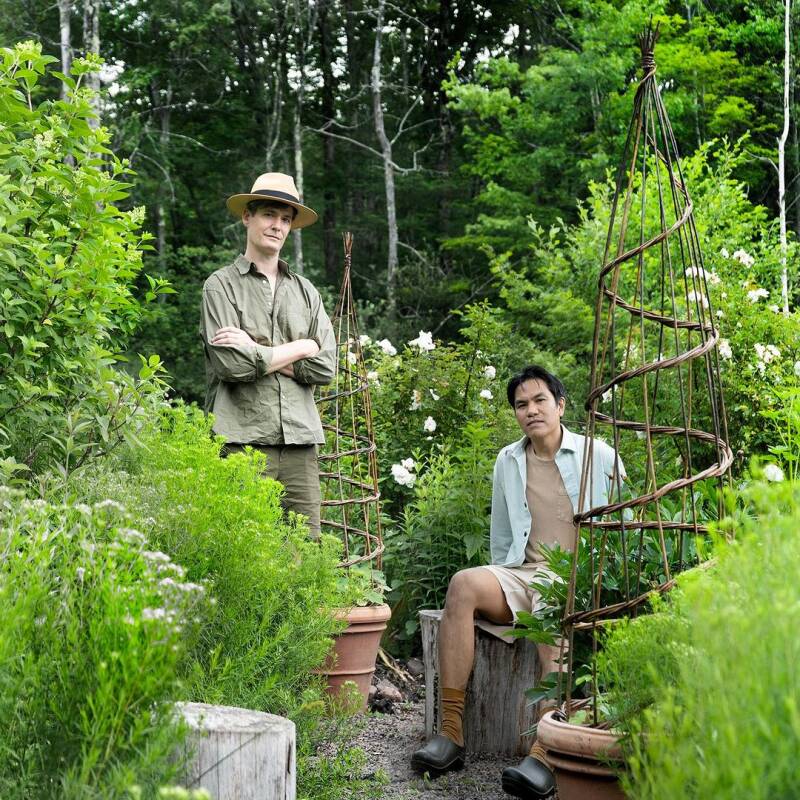Tucked away in the northwest corner of Yonkers, NY, is a world-famous garden that fell into ruins upon the owner’s death and is now experiencing a renaissance.
Untermyer Gardens sits high on a hill overlooking the Hudson River with a clear view of the majestic Palisades. They were built in 1916 by Samuel Untermyer, a famous lawyer, as part of his country estate (yes, Yonkers and the rest of the lower Hudson River towns in the mid to late 1800s was considered “the country”); he had purchased the property, which included a mansion, from New York governor Samuel J. Tilden in 1899.
Untermyer loved horticulture and once said that he would have loved to have been New York City’s parks commissioner. He hired William Welles Bosworth, a prominent architect and landscape designer, to build “the finest garden in the world” on the land that surrounded the mansion. And Bosworth did. On one day in 1939, 30,000 people visited the gardens.
During Untermyer’s life, the garden had a staff of 60 and a collection of 60 greenhouses. While it was a private estate, it was open to the public on a weekly basis right up to Untermyer’s death in 1940. He had wanted to gift the gardens to the city of Yonkers, and six years after his death, the City of Yonkers took over approximately 16 of the 150 acres. But due to the lack of an endowment to care for the gardens, they eventually fell into ruin. Several failed attempts to resuscitate them were made over the years, but it wasn’t until 2011, when the The Untermyer Gardens Conservancy was formed, that the garden began to rise from the ruins.
Over the last 11 years, the conservancy has literally moved tons of dirt and debris to uncover lost sections and garden elements, and planted thousands of plants. They have fixed both structural and decorative elements and used historical photographs, plans, and news articles to recreate what decades of neglect and vandalism destroyed.
Let’s take a walk through the gardens to witness its rebirth.
Photography by Joy Yagid.

Untermyer is best known for three of its many sections. First is the Walled Garden. Based on a chahar bagh, a Persian walled garden, it is divided into four quadrants with two canals that run north-south and east-west. At the south end, two massive weeping beeches form a tunnel and frame the view to the north end.

On the south end, sphinx-topped columns sit in front of an amphitheater and a reflecting pool. While Indo-Persian may have been the main inspiration, Bosworth incorporated Greek and Egyptian influences as well. On the eastern side of the walled garden stands the Temple of the Sky. It is a tempietto, open to the sky, with a mosaic head of Medusa in the center of the floor. This overlooks the dilapidated pool which is slated to be restored soon.


Also at the north end is a staircase of 139 steps ending in an overlook framed by two more columns. This is known as The Vista, and it commands a stunning view of the Hudson and the Palisades.

Walking part way back up and taking one of the paths south brings you to the Temple of Love. A wrought iron folly perched on an outcrop of rock reigns over a meadow of daffodils in the spring. A collection of perennials tucked into and around the outcropping create a rainbow of colors until the first frost. But the highlight of the Temple of Love is the waterfall and the cascade that swirls through several pools filled with native aquatic plants.


This is a far cry from the garden’s darkest past. In the late 1970s, when the nation was gripped by the “Satanic Panic,” Untermyers’ ruined gardens were said to be a satanic meeting place and connected to the Son of Sam killer. All that is in the past now. And the conservancy is slowly making good progress to restore more of the remaining gardens.
Untermyer Gardens are open daily and free to the public. Special events, tours and more information can be found at the Untermyer Gardens Conservancy’s website.
For more public gardens to visit, see:
- Garden Visit: The University of California Botanical Garden at Berkeley
- Garden Visit: Lessons from the Impressionists at the New York Botanical Garden








Have a Question or Comment About This Post?
Join the conversation